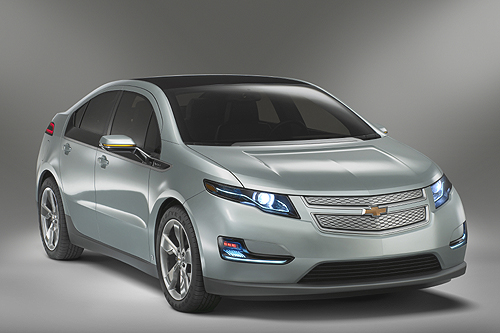I attended the SAP for Utilities conference last week in San Antonio and was pleasantly surprised to find that many of the Utilities attending were thinking about rolling out Smart Grids or were already running pilot Smart Grids. There were even a couple who were well underway with their Smart Grid rollout project.
Demand Response was being discussed extensively and was cited by most as one of the principal advantages of Smart Grids.
Smart Grids and Demand Response are topics we have covered extensively here on GreenMonk.net and they are core to the Electricity 2.0 talk I gave in Berlin at the Web 2.0 Expo. The importance of Smart Grids and Demand Response cannot be overstated when it comes to energy efficiencies and energy demand management.
SAP are working closely with utilities through the Lighthouse Council, to ensure that whenever a utility wants to go from a traditional grid to a smart grid infrastructure, SAP will have the necessary software pieces in place for them (Enterprise Asset Management, Customer Relationship Management, and the newer Energy Capital Management).
In the video above, Russell Boyer demonstrates a Smart Grid in action. In this use case, Russell acts as the utility call center for a customer who is moving out and wants their power disconnected. The Smart Grid allows the agent to take a meter reading, and shut off power to the meter remotely. This isn’t the best demonstration of the potential of Smart Grids but it was the first time I saw Smart Grid technologies live in action and I have to admit to being wow’d by it.
[Disclosure – SAP covered my expenses for attending this conference]

